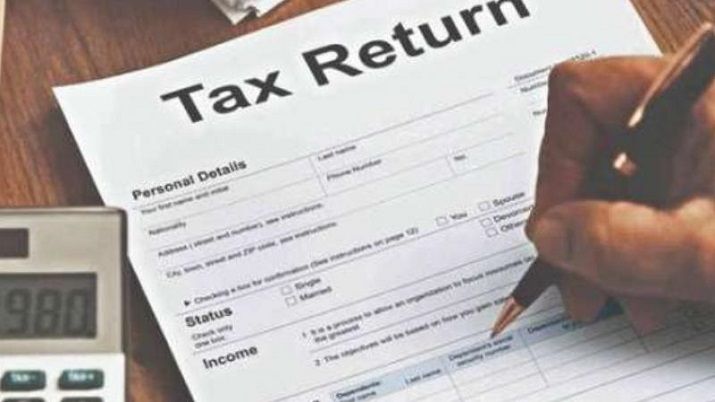A tax return is defined as a form filed with a taxing authority which reports income, expenses, and other pertinent tax information. Tax returns make it simple for taxpayers to calculate their tax liability, schedule tax payments and request refunds for the overpayment of taxes.
Taxpayers who are filing their income tax returns are required to determine the type of income tax return (ITR) form they need to fill. The form to be filled is solely dependent on the income that the taxpayer earns, or in certain cases if the taxpayer holds assets in a country other than India or earns any form of income from another country.
In total, there are almost 9 types of ITR forms available for a tax payer to file taxes. However, only the following forms are to be taken into consideration by individuals when filing returns as per the Central Board of Direct Taxes (CBDT) in India:
- ITR-1
- ITR-2
- ITR-2A
- ITR-3
- ITR-4
- ITR-4S
The following income tax return forms are applicable only for companies and firms:
- ITR-5
- ITR-6
- ITR-7
Filing an online ITR form is easier than it is perceived. Consider the following steps:
Step 1: Collection of requisite documents
The first and the foremost step is to collect all the required documents to file the ITR, such as Form 16, salary slips from employer and interest certificate forms.The documents aid in the calculation of total tax liability and also provide the details of tax deducted at source (TDS) from income in the financial year.TDS certificates should be digitally signed and the amount of tax deducted as shown in TDS certificate should match with the amount shown in the salary slip.
Step 2: Download Form 26AS
To download this, the first step is to login to one’s account, then click on ‘My Account’ tab and select ‘View Form 26AS’.The website will redirect to TRACES.
Step 3: Computation of Total Income For the Financial Year
Once someone has verified all the taxes that have been deducted from his/her income, he/she can compute the total income chargeable to tax.Total income is computed by adding incomes from the five different heads that is salary, house property, capital gains, profits from business or profession and other sources. Also claiming all the relevant deductions allowed under the Income Tax Act.
Step 4: Computation of Tax Liability
After computing one’s total income, the next step is to calculate the total tax liability by applying the tax rates in force for the particular financial year, (FY 2017-18 is highlighted in the above chart) as per one’s income slab.
Step 5: Calculation of the Total Tax Payable
The next step is to compute the total tax liability by deducting taxes that have been already paid by through TDS, TCS and Advance Tax during the year.The next step is to add interest (if any), payable under section 234A, 234B and 234C.
Step 6: Filing of Income Tax
Once taxes have been paid, you are required to file the ITR.While filing ITR, one needs to ensure that they are using the correct ITR form to file it. If someone files the ITR using the wrong form, then it will be termed as a defective return and will therefore be required to file it again.
Step 7: Verification of ITR (Electronically or Physically)
The last step of filing your ITR is verification.There are six ways to verify the ITR. Out of this, five are electronic methods and one is the physical verification of the ITR mentioned below:
- Using One Time Password (OTP)
- Generating EVC using net-banking
- Receiving EVC by using bank account based validation system
- Verifying returns through Demat Account Number
Step 8: E-Verification Receipt from the Income Tax Department
Once the person has received the acknowledgment of e-verification, the filing of income tax return is complete.After receiving the ITR-V, either through e-verification or physically, the income tax department will process the return to ensure that all the details filed by you is correct and as per the Income Tax Act.They will also cross-check the details filed by the person with other available data.
If you file your ITR after the deadline you will have to pay late filing fees of up to Rs 10,000. Now, everyone has to file ITRs digitally except super senior citizens (aged 80 years and above) who are allowed to file ITR in paper format.
